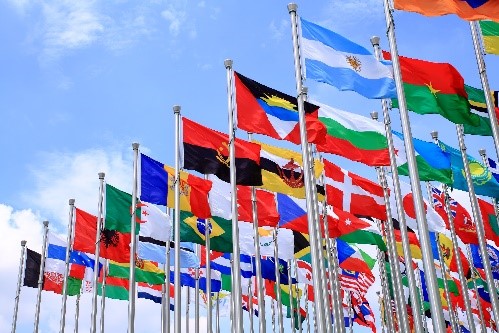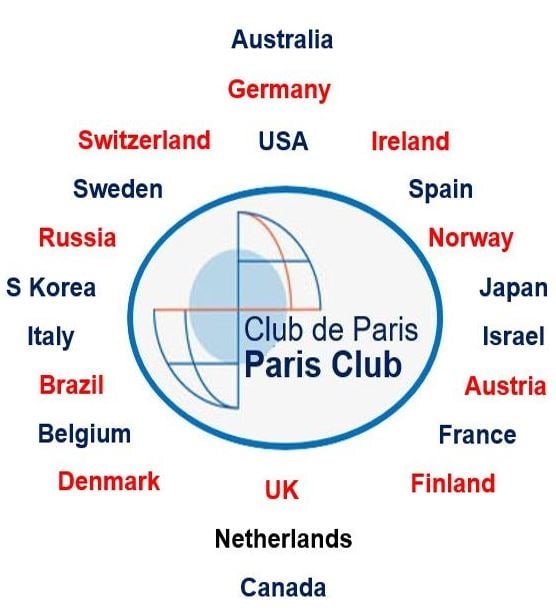Free Courses Sale ends Soon, Get It Now


Free Courses Sale ends Soon, Get It Now



Disclaimer: Copyright infringement not intended.
Context
What is the Paris Club?
What does the Paris Club do?

The origins and role of the Paris Club in recent days
Member countries an observer organization
Paris Club's role in Sri Lanka debt
|
PRACTICE QUESTION Q. What is the Paris Club and what does it do? While the club has historically played a dominant role in bilateral lending, its significance has diminished in the past two decades. Comment. |
© 2024 iasgyan. All right reserved